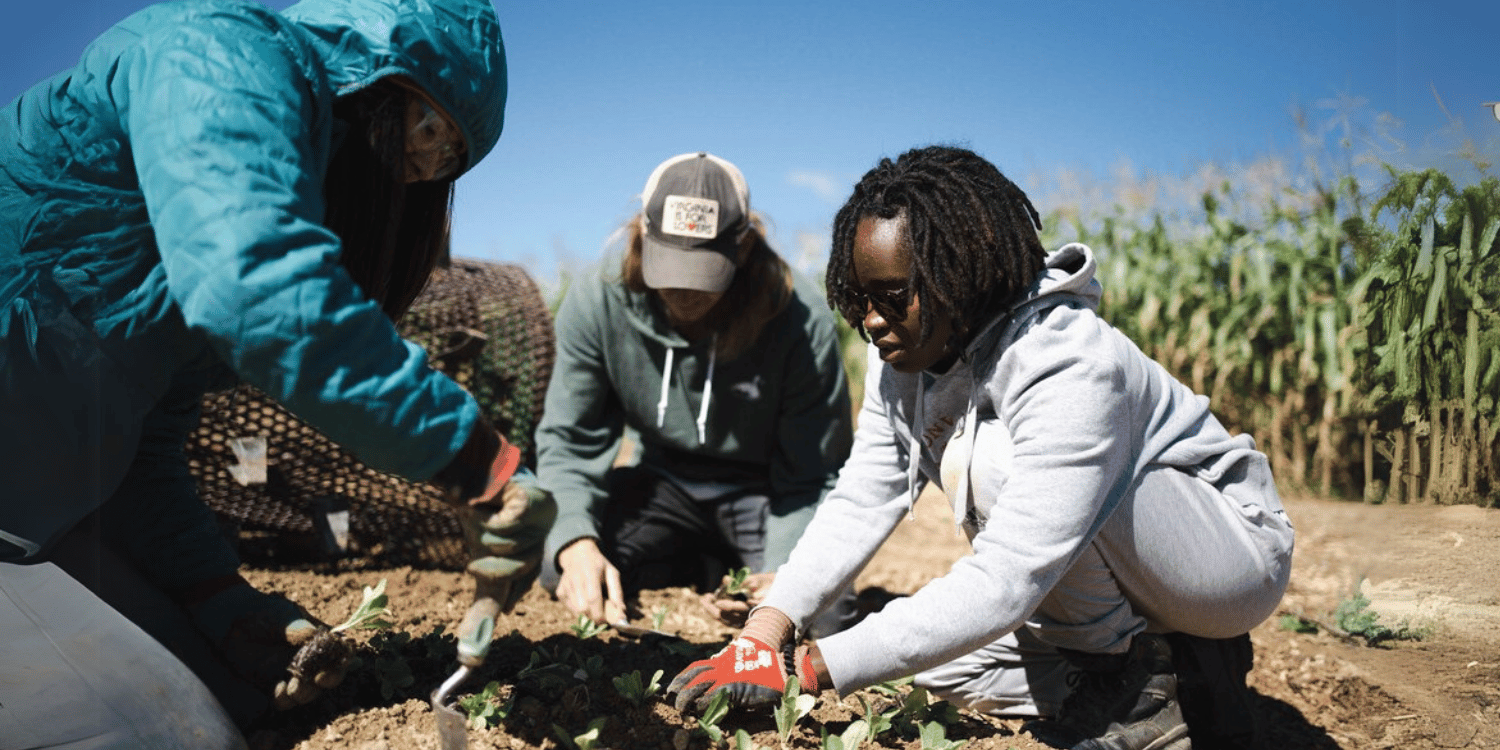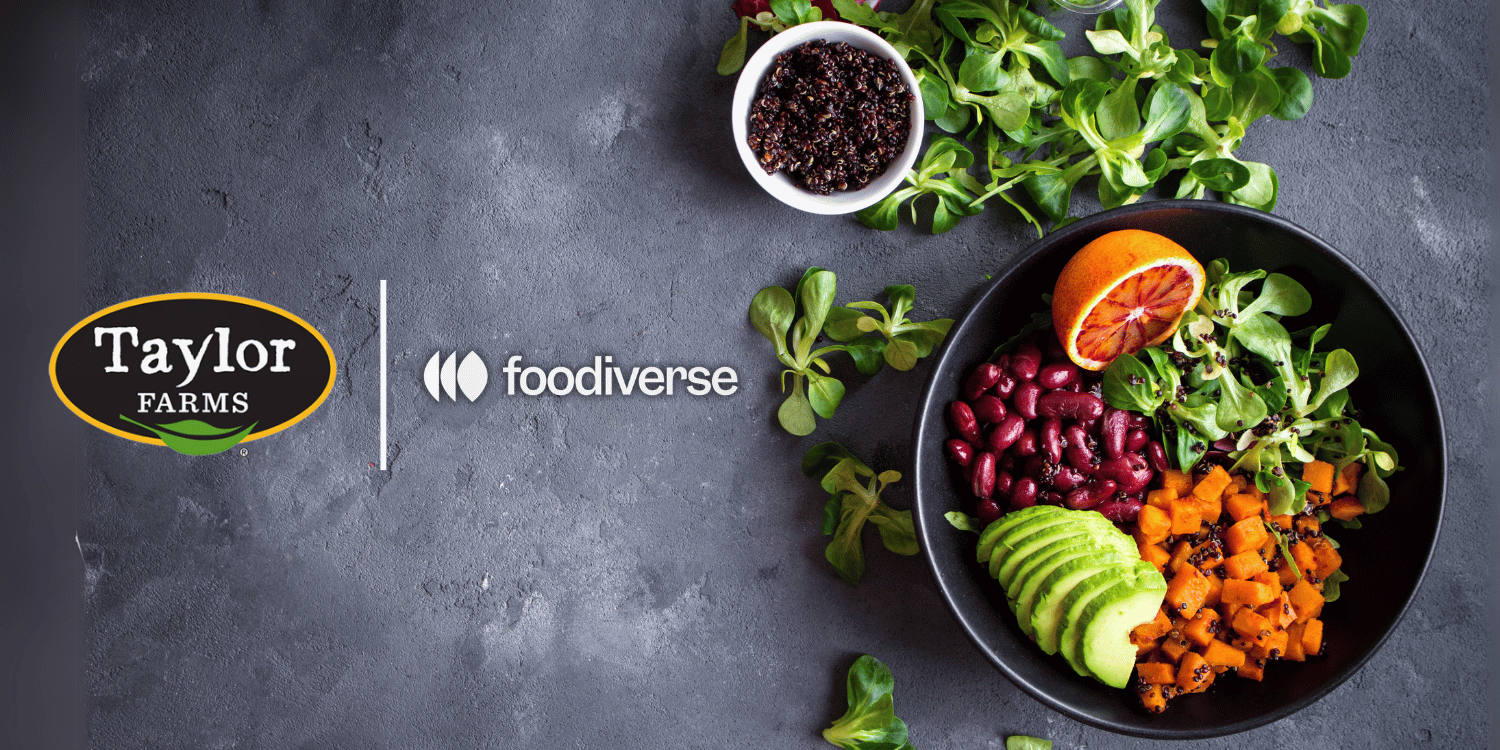Global trends are radically shifting paradigms in agriculture and the trade of food commodities.
Increasing demand, coupled with climatic shifts, is sparking the rise of new powers in the industry.
One commodity experiencing a surge in production and export from previously untapped geographical regions is the humble banana.
The diversification of banana producers and traders is a fascinating development worth exploring.
This post will investigate the different regions emerging as prominent forces in the banana trade.
We use verified data and information from reputable sources to shed light on this trend.
- Expansion in Southeast Asian banana farming presents new opportunities.
- South American companies are key players in banana exports.
- Middle East emerging as crucial market for banana procurement.
- East Africa producing organic bananas has potential for growth.
- Mexican initiatives focus on enhancing banana export.
As we continue to explore this topic, you’ll discover that the world of banana production and distribution stretches beyond these initial key points.
Consider this a teaser of the compelling information ahead where we discuss related concepts such as the deleterious effects of climate change on banana farming and how technology is aiding in industry growth.
Potential challenges and setbacks tied with international trade agreements and policies will also be unpacked further.
So keep reading, because within these next sections the complexities of this global industry will be untangled and brought to your understanding.
Contents
Emerging Markets For Banana Production And Distribution
1. Expansion in Southeast Asian banana farming
In Short: Southeast Asian banana farming is experiencing significant growth due to favorable climate conditions, economic demand, technological advancements, and government policies. The expansion also focuses on sustainable and organic farming practices, aiming to minimize environmental impact, preserve biodiversity, and boost the banana export sector.
In the global sphere of agricultural production, Southeast Asian banana farming is witnessing a remarkable period of growth and expansion.
The favorable climate conditions and fertile land within the region provide optimum environments for the cultivation of a diverse range of banana varieties.
Notably, Southeast Asia’s boon in banana farming is not a mere coincidence but is a result of concerted efforts by countries in the region to diversify their agricultural economic outlooks.
Recent infrastructure development and governmental policies have played a key role in supporting this agricultural endeavor.
Several factors are driving this emergence, and they can be categorized under:
- Economic: Domestic and international market demands for the Southeast Asian bananas are on a steady incline.
- Technological: Increased access to advanced farming techniques and tools enhance the capacity and quality of banana production.
- Environmental: The diversity and resilience of banana crops make them suitable for the Southeast Asian climate, thereby facilitating farming expansion.
- Political: Government policies and subsidies are also showing support for banana farming as a sustainable agricultural sector, contributing to its growth and expansion.
Strategic efforts are also being made to sustainably expand banana farming with a keen focus on minimizing the impact on the environment and preserving biodiversity within the region.
The creation and affirmative adoption of relevant agritech is also aiding in addressing common farming challenges such as disease prevention, pest control, and crop yield prediction.
In addition, there is a special emphasis on empowering farmers through training and capacity building initiatives aimed at making the best use of advanced farming practices.
Furthermore, with the increasing global necessities on sustainability, there is a more profound exploration into organic banana farming within the region, thus demonstrating an eco-conscious approach to the expansion strategy.
Collaborative efforts within the ASEAN community have also played a significant role in boosting the growth, by allowing for shared resources and knowledge exchange amongst the farmers in the region.
Moreover, with the continuous advancement of globalization, Southeast Asian banana farming stands to witness further expansion within the scope of export markets.
Pro Tip: To capitalize on the rise of Southeast Asian banana farming, consider diversifying agricultural activities, implementing advanced farming techniques, benefiting from governmental policies, and focusing on sustainability and organic methods.
Through strategic alliances and trade agreements, these nations are set to penetrate new markets, thereby boosting their banana export sector and further driving the expansion of the industry.
In light of these, the expansion of banana farming in Southeast Asia presents a promising prospect for both the local farmers and the global banana market at large.
2. South American Banana-Exporting Companies
In Short: South American banana-exporting companies, particularly those in Ecuador, Colombia, and Costa Rica, are known for maintaining quality, a steady production rate, and innovative farming approaches in line with global market demand and sustainable practices. They also face challenges like banana diseases and continuously invest in protecting the environment, community outreach, and improving lives of farmers.
As we navigate further into the intricate dynamics of global banana distribution, we shift our focus to South American banana-exporting companies.
South America, known for its rich, fertile lands, proves to be a strong stronghold for banana production.
Specific countries such as Ecuador, Colombia, and Costa Rica lead the pack in banana exportation.
Historians and agricultural experts attribute this surge in South American banana production to a favorable combination of climate, terrain, and strategic geographical positioning.
For a perspective on how this industry operates, here are some of the key characteristics of South American banana-exporting companies:
- The increasing demand from the global market fuels these companies to maintain a steady production rate.
- Rigid quality standards are in place to ensure that only top-notch products make the global market.
- Their proactive innovation strategies involve testing new farming methods and experimenting with various banana species.
- They regularly analyze market trends to align their strategies with global expectations.
South American banana-exporting companies are continually adapting to the evolving international trade policies to stay relevant in the market.
For instance, they strive to maintain the food safety standards set by international regulations.
This not only ensures that their bananas are healthy and safe to consume, but also boosts their international credibility.
Apart from the quality of their products, these companies are also acknowledged for their impeccable shipping capabilities.
Their ability to deliver fresh bananas across continents while maintaining quality is nothing short of commendable.
Yet, in spite of their successful operations, these companies must face the issue of banana diseases that threaten production.
Leaf spot diseases, for instance, are common but detrimental to banana farms.
These companies are therefore investing heavily into research and innovative farming techniques to combat such issues.
Furthermore, these companies are proponents of sustainable and responsible farming practices.
Their commitment towards eco-friendly practices not only enhances the nature of their products, but has also made them key players in protecting the environment.
They continuously work towards reducing chemical use during production and maintaining a biodiverse ecosystem in their farms.
Lastly, these companies understand the value of community support and outreach programs to maintain harmony with the local populations.
After all, these communities are the backbone of their success.
Important: South American banana-exporting companies are recognized for their high-quality products, proactive innovation strategies, adherence to international trade regulations, and commitment to responsible farming and community support.
Strategies like investing in education, improving local infrastructure, and bettering the lives of farmers are commonly practiced.
The intricate blend of excellent product quality, eco-friendly practices, and social responsibility truly sets South American banana-exporting companies apart in the global arena.
3. Middle Eastern Wholesale Banana Procurement
In Short: The Middle Eastern wholesale banana procurement sector thrives due to key components like quality and demand assessments, cold storage and shipping, and flexible pricing policies. With stringent quality standards, strategic business approaches, and collaboration with global farmers, the sector offers constant growth and diverse opportunities for market players.
Amidst the blend of diverse economic potentials, the Middle East stands out for its immense growth in the wholesale banana procurement sector.
This sector provides an experienced fusion of large-scale procurement, distribution, and a robust market base.
Within the broad scope of Middle Eastern wholesale banana procurement, several key components build up the entire structure.
These components encompass tropical fruit selection, large-scale procurement strategies, pricing policies, and regulatory standards.
The Landscape of Middle Eastern wholesale banana procurement is marked by some key players -established companies who have mastered the dynamics of tapping into the production bases in South America and Southeast Asia.
Aspects of collaboration with farming units in these regions extend beyond just profit-making, they communicate a commitment to connecting farmers with the global consumer base.
Now, let’s take a sneak peek into some of Hong Kong’s key components of wholesale banana procurement.
- Quality Assessment: Quality assessment is a continuous process that ensures bananas meet the required standards.
- Demand Assessment: Demand assessment helps meet the supplier’s demands, taking stock of consumer preferences and market trends.
- Cold Storage and Shipping: Bananas undergo proper storage and shipping practices to maintain freshness and nutritional value.
- Pricing Policy: The pricing policy aims to strike a balance between economic viability and affordability for the consumer base.
These components provide an insightful aspect of understanding the Middle Eastern wholesale banana procurement’s modus operandi.
The perpetually growing demand for bananas in the Middle East presents a productive stage for Asia-based producers and South American multidimensional companies.
In terms of standards and regulations, Middle Eastern nations enforce a series of quality standards for imported bananas.
These regulations stand as part of the region’s commitment to fostering a healthy and robust market for its banana-loving populace.
The current pricing policies are strategically flexible to accommodate shifts in demand and offer some level of profit consistency for producers.
Pro Tip: To tap into the thriving Middle East wholesale banana procurement sector, focus on understanding and mastering the key components like quality and demand assessment, optimal storage and shipping practices, an balanced pricing policy, and complying with industry standards and regulations.
In essence, wholesale banana procurement in the Middle East combines elements of business strategy, consumer behaviors, logistical considerations, and governmental regulations.
In the end, it contributes to the feasibility of banana business, paving the way for new market entrants and expanding opportunities for current players.
4. East African Organic Banana Production
In Short: East Africa’s organic banana production is on the rise due to its rich biodiversity, favorable climates, sustainable agricultural practices and growing international market. This sector is seen as a promising investment opportunity, with advancements in organic farming resulting in economic, environmental, and social benefits like higher profits, environmental health, and job creation for local communities.
The East African region is already known for its diversity in agricultural production.
One such emerging sector is organic banana production.
This region, rich in biodiversity and favorable climates, provides an optimized environment for organic farming.
Organic banana farming in East Africa is steadily growing, attracting both domestic and international markets.
Advancements in sustainable agricultural practices have permitted this growth, ensuring the production of higher quality organic bananas.
Organic farming practices in this region provide multiple benefits.
- Economical sustainability: Organic farming can yield higher profits due to premium prices in international markets and reduced input costs.
- Environmental health: Organic farming practices promote soil health, water conservation and biodiversity, leading to a healthier environment.
- Social benefits: Organic farming provides jobs to the local communities and promotes social equity.
Organic bananas from East Africa are gaining a good reputation in European markets due to their high quality and distinctive taste.
Furthermore, these organically grown bananas are also preferred for their health benefits.
They are devoid of harmful pesticides and genetically modified organisms, making them suitable for health-conscious consumers.
East African producers are realizing this trend and are increasing their investments in organic farming methods.
They are focusing on developing fair trade relationships with international suppliers for the export of organic bananas.
The government agencies in East Africa are playing a crucial role in supporting organic banana production.
They have introduced various programs and policies aimed towards boosting organic agriculture.
By providing financial aid, incentives, and infrastructure, these governments are encouraging farmers to adopt organic practices.
It is necessary to promote research and advancements in banana farming.
Collaboration between research institutes, government bodies, and local farmers can lead to the development of advanced agricultural techniques.
Such efforts are in progress for improving banana crop yields, reducing vulnerability to pests and diseases, and enhancing the sustainability of organic banana production.
East African organic banana production is becoming a promising sector for investment and development.
Numerous initiatives are underway to promote organic farming practices which could potentially make East Africa a leading global player in the organic banana industry.
5. Mexican Banana Export Initiatives
In Short: Mexico is expanding its banana export initiatives through financial investments, application of modern farming technologies, and stricter quality control measures. Diversifying its trade relationships beyond the U.S., Mexico is strategically seeking new markets, primarily in Europe and Asia.
Placed strategically on the world map, Mexico has been making significant strides in its banana export initiatives.
As a country famed for its agricultural prowess in the cultivation of commodities such as avocados and chili peppers, bananas have emerged as a significant export for Mexico.
Recently, Mexican authorities and farmers alike have enhanced their focus on banana production and distribution.
This is a clear response to growing international demand coupled with favorable geographic and climate conditions for banana cultivation.
While Mexico’s banana production has increased, significant efforts have specifically been put into enhancing its export initiatives.
The following points highlight some of the key initiatives Mexico has employed to boost its banana export:
- Economic Investments: There has been notable financial input in the sector by both local farmers and the government to expand banana plantations and improve infrastructure.
- Technological Advancements: The use of modern farming practices and tools has resulted in more efficient banana production, contributing to increased export volume.
- Quality Control: Mexico has introduced stricter quality control measures to ensure only high-quality bananas reach international markets.
Through these efforts, Mexico has managed to expand its export market and now trades with several countries worldwide, particularly the United States, its largest banana import partner.
The United States has proven to be a key market for Mexican bananas, primarily due to geographic proximity and the existing robust trade agreements between these two nations.
Ensuring high-quality standards and consistency in supply has been pivotal to securing a solid clientele in the U.S.
However, Mexico is also venturing beyond the U.S., looking to capitalize on opportunities in other lucrative markets, such as Europe and Asia.
This approach aligns with Mexico’s broader export strategy which aims to diversify its markets and reduce over-reliance on the U.S.
While the pursuit of new markets is a promising strategy, successfully penetrating these markets requires an astute understanding of international trade relations, market trends, and consumer preferences in these regions.
Overall, through strategic initiatives, Mexico’s banana export sector appears to be on a growth trajectory, positioning the country in the global map of significant banana exporters.
The Bottom Line
The shift in banana production and distribution is indicative of the dynamic nature of global supply chains. The emergence of these new markets demonstrates expansion opportunities within the agricultural industry. It’s crucial for stakeholders, including growers, exporters, and consumers, to be aware of these developments to identify potential challenges or advantages. Seemingly, the continued exploration for better cultivation areas and distribution logistics could lead to more resilient and sustainable banana industry.




















